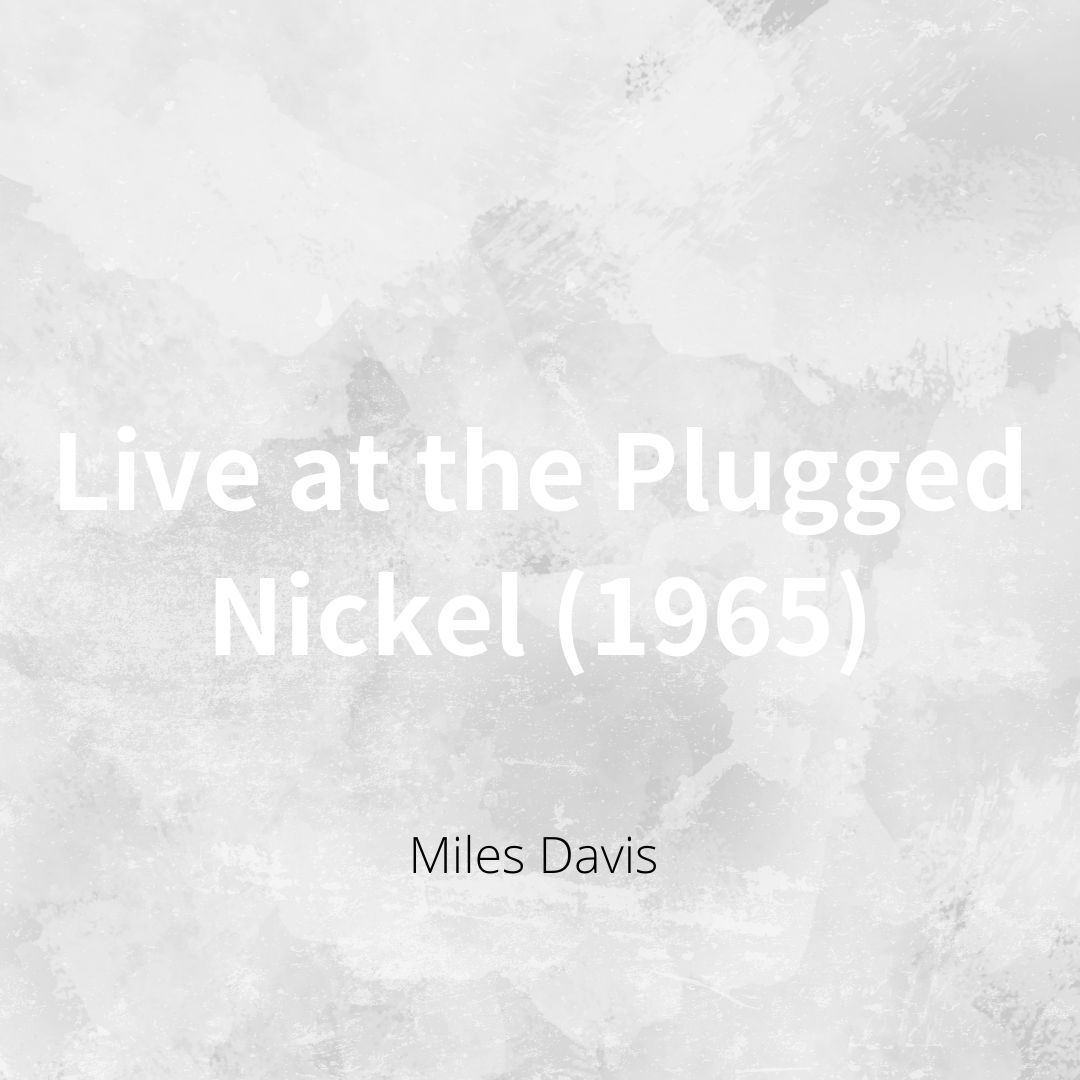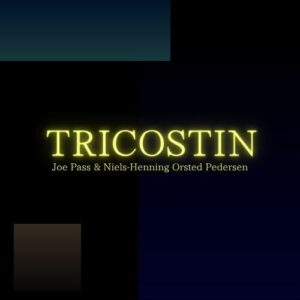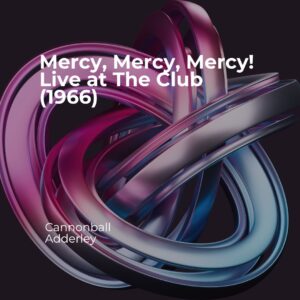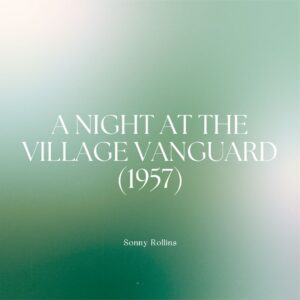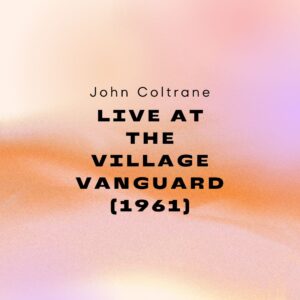マイルス・デイヴィス・クインテット(第二期黄金のクインテット) が、即興演奏の限界を押し広げた伝説のライブ。このライブでは、バンドメンバーが意図的に通常の演奏スタイルを崩し、スウィングのリズムやコード進行をあえて外すことで、驚異的なインタープレイを生み出しています。この実験的な演奏は当時の観客には完全には理解されませんでしたが、のちにジャズ史に残る名演と評価され、「モダン・ジャズの即興の極致」とも言われるライブ録音になりました。
Miles Davis – トランペット、Wayne Shorter – テナー・サックス、Herbie Hancock – ピアノ、Ron Carter – ベース、Tony Williams – ドラム このメンバーは、ジャズの演奏スタイルを劇的に進化させた「第二期マイルス・クインテット」として知られています。特にトニー・ウィリアムスのドラムが革命的で、伝統的なスウィングのパターンを崩しながら、自由自在なリズムで全体をリードしています。
「Miles Davis – Live at the Plugged Nickel (1965)」は、マイルス・デイヴィスと彼のクインテットが、ジャズの伝統を超えて新たな音楽的領域を切り開いた瞬間を捉えた歴史的な録音です。その自由で実験的な演奏は、ジャズの進化を象徴するものであり、今でも多くのリスナーやミュージシャンにインスピレーションを与え続けています。
A legendary live performance in which the Miles Davis Quintet (the second golden quintet) pushed the limits of improvisation. In this live performance, the band members intentionally deviated from their usual playing style, daring to stray from swing rhythms and chord progressions, creating astonishing interplay. This experimental performance was not fully understood by the audience at the time, but it was later recognized as a masterpiece in jazz history, and the live recording was said to be “the pinnacle of modern jazz improvisation.”
Miles Davis – trumpet, Wayne Shorter – tenor sax, Herbie Hancock – piano, Ron Carter – bass, Tony Williams – drums. This group is known as the “second Miles Quintet” that dramatically evolved the jazz performance style. Tony Williams’ drums in particular were revolutionary, breaking down traditional swing patterns and leading the whole with a free-flowing rhythm.
“Miles Davis – Live at the Plugged Nickel (1965)” is a historic recording that captures the moment when Miles Davis and his quintet went beyond the jazz tradition and opened up new musical territory. Their free and experimental performance symbolizes the evolution of jazz and continues to inspire many listeners and musicians today.
